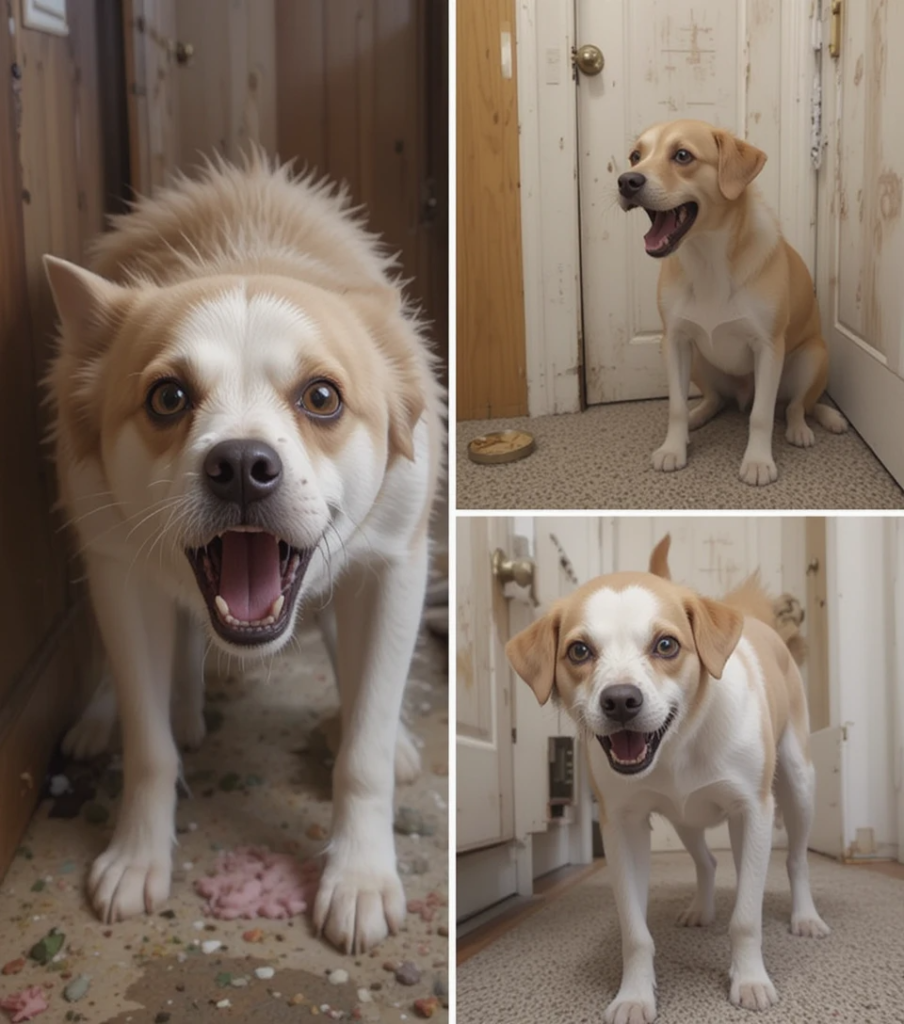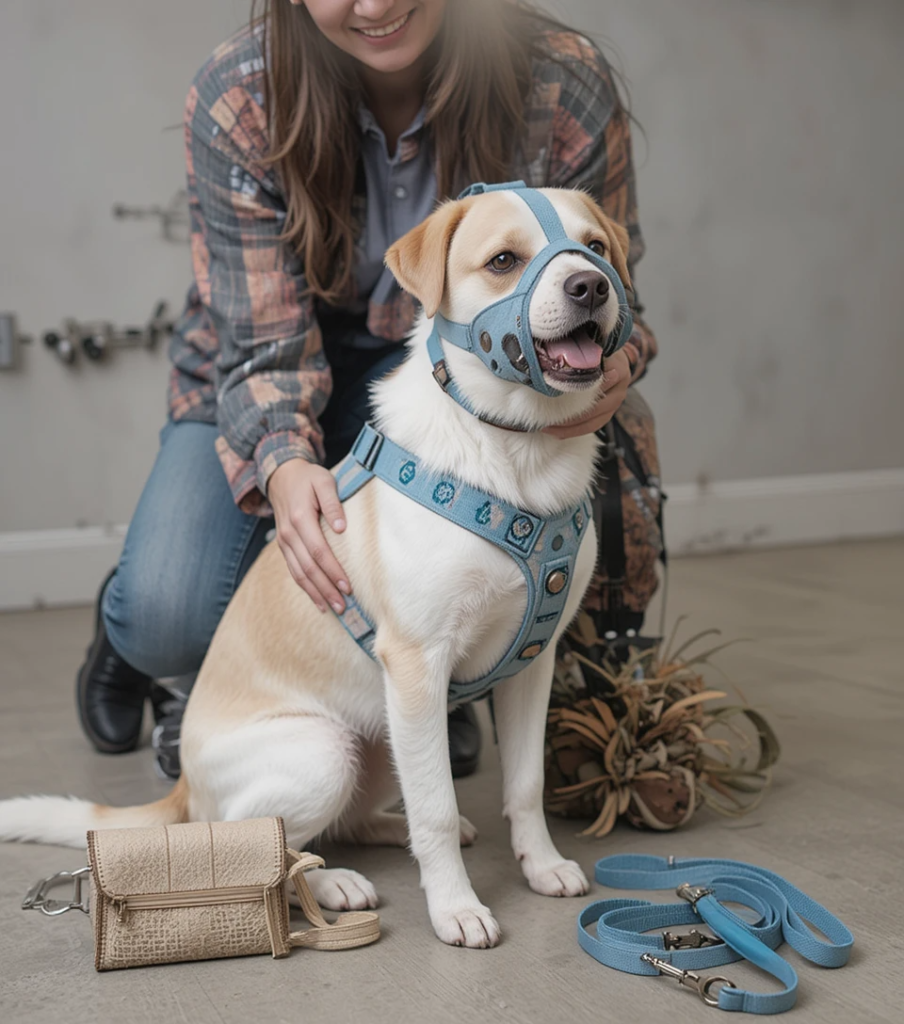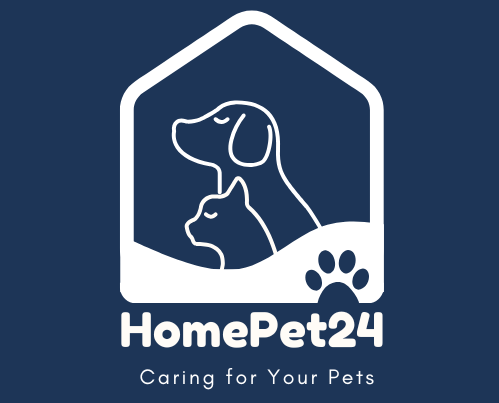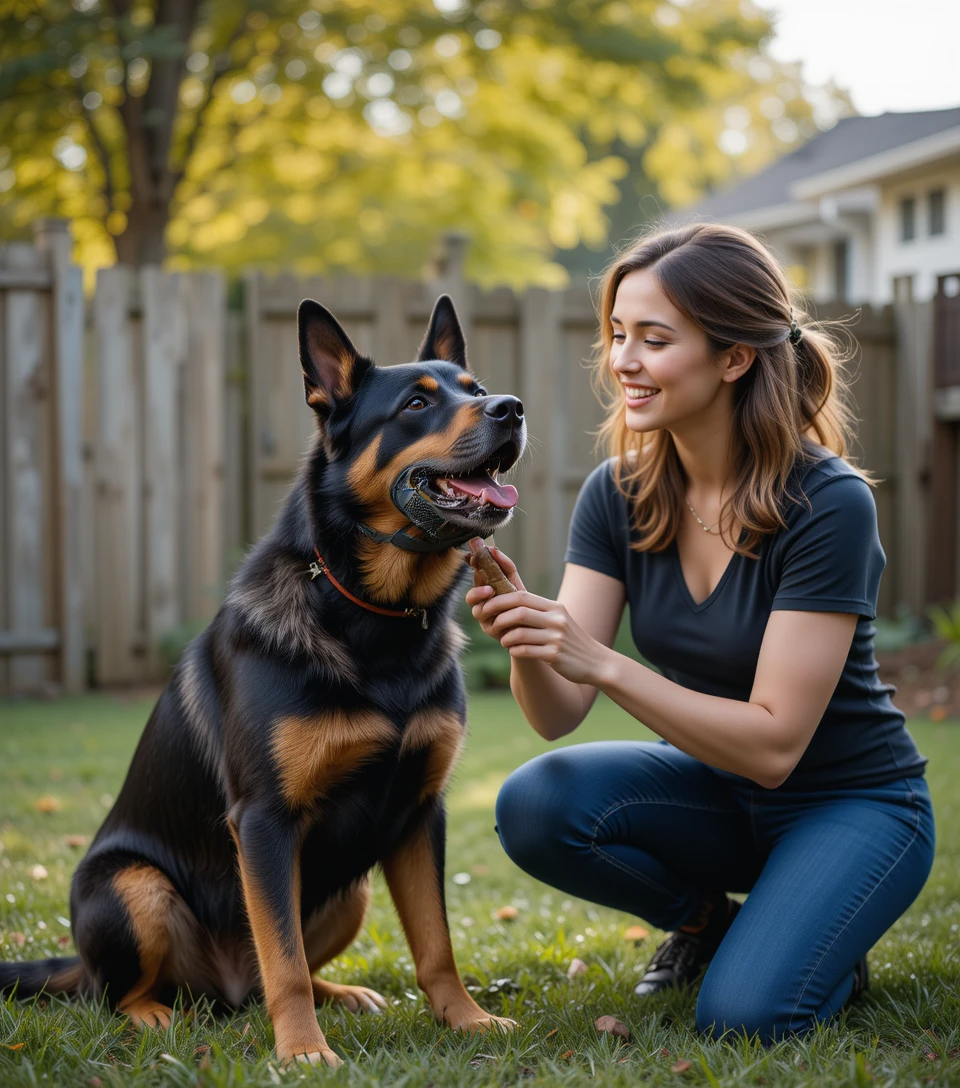Introduction: Facing Fierce Dog Behavior With Confidence
Dealing with a fierce or aggressive dog can be a frightening experience, especially if you don’t know what triggered the behavior or how to respond. But fear doesn’t have to rule your relationship with your dog. Whether you’re dealing with a sudden change in behavior or a long-standing issue, there are safe, effective strategies you can use to stay in control—without fear. This guide will show you how to manage aggression calmly and confidently, using modern, humane dog training methods.
1. Understanding What Makes a Dog Fierce

Not all aggression is the same. Dogs may become fierce due to:
- Fear-based aggression – when a dog feels threatened or cornered
- Territorial aggression – guarding space or property
- Resource guarding – protecting food, toys, or people
- Pain or medical issues – causing unexpected behavior changes
Recognizing warning signs like growling, stiff posture, hard staring, or raised hackles can help you act before a situation escalates. Knowing what type of aggression you’re facing is the first step in effective behavior management.
2. Why Fear Makes It Worse: The Human Side of the Leash
Dogs are incredibly sensitive to human emotion. If you react with fear, yelling, or erratic movements, it may escalate the situation. Fierce dogs often respond better when you:
- Stay calm and use a steady voice
- Avoid direct eye contact, which can be perceived as a challenge
- Keep your body relaxed and turned slightly sideways
Confidence is key. By controlling your own fear, you teach your dog that there’s nothing to fear.
3. Stay Safe: Immediate Do’s and Don’ts
If your dog shows signs of aggression, follow these safety tips:
Do:
- Give the dog space
- Use barriers (like baby gates) when needed
- Remove triggers (such as toys or people) if possible
- Keep a leash or head halter on in training situations
Don’t:
- Reach toward their face or neck
- Corner them or raise your voice
- Punish or physically correct the behavior—it often worsens the aggression
4. Tools That Help (Not Hurt)

Certain tools can enhance safety and training—when used correctly:
- Muzzles: Great for safety, especially during vet visits or training. Use positive reinforcement to condition your dog to wear it comfortably.
- Leashes and harnesses: Provide control without causing fear or pain.
- Clickers and treat pouches: Support reward-based training and redirection.
Avoid choke chains, shock collars, or any device that causes pain or stress. They often increase fear and aggression.
5. Building Trust: Training Through Positive Reinforcement
Aggressive dogs aren’t “bad”—they’re often confused or frightened. Focus on:
- Rewarding calm behavior (e.g., treats when they see a trigger but remain relaxed)
- Redirecting energy into games or obedience commands
- Desensitizing and counter-conditioning (slow exposure to triggers with positive outcomes)
The goal is to build trust and reduce the dog’s need to react fiercely.
6. Professional Help: When to Call in a Trainer or Behaviorist
Sometimes, the best thing you can do is bring in an expert:
- Certified dog trainers and veterinary behaviorists can develop a personalized plan
- Choose professionals who use positive reinforcement and are fear-free certified
- A behaviorist can also rule out medical issues behind aggression
If your dog has bitten someone or shows unmanageable behavior, seek professional help immediately.
7. Preventing Future Incidents
Prevention is often more powerful than correction. Focus on:
- Consistent training routines and clear rules
- Mental stimulation and enrichment through puzzles and games
- Early socialization with other dogs and humans
- Regular vet checkups to rule out pain-related aggression
8. Emotional Recovery for the Owner
Living with a fierce dog can be emotionally exhausting. It’s okay to feel overwhelmed or unsure. Many dog owners have been where you are.
Consider:
- Joining a support group for reactive dog owners
- Keeping a training journal to track progress
- Celebrating small wins, like a calm walk or a successful redirection
You’re not failing—you’re learning.
Conclusion: You’re Not Alone—You Can Handle This
A fierce dog doesn’t mean a hopeless case. With patience, proper tools, and the right mindset, you can transform fear into confidence. The bond you build through this process will be unshakable. And remember—you’re never alone on this journey.
Frequently Asked Questions (FAQs)
- What causes a dog to become aggressive or fierce?
Aggression can be caused by fear, pain, genetics, poor socialization, or traumatic experiences. - How do I stay calm when my dog acts aggressively?
Breathe deeply, avoid sudden movements, and practice staying relaxed. Preparation helps. - Can aggressive dogs be trained to behave better?
Yes, most dogs respond well to consistent, reward-based training and behavior modification. - Should I punish my dog for growling or barking aggressively?
No. Punishment can suppress warning signs and make the behavior worse. Focus on understanding and managing triggers. - When should I call a professional dog trainer or behaviorist?
If aggression escalates, causes harm, or feels unmanageable, seek help immediately. - Is it safe to use a muzzle on a fierce dog?
Yes—when introduced properly, muzzles can be a safe, humane way to prevent injury. - How can I tell if my dog is about to bite?
Warning signs include stiff body, direct stare, lip curling, growling, or retreating posture. - What breeds are most prone to aggressive behavior?
Aggression is more about environment than breed, though some breeds may have stronger protective instincts. - Can neutering help reduce dog aggression?
In some cases, yes. Neutering may reduce hormone-driven aggression, but it’s not a cure-all. - What are the best training methods for calming a fierce dog?
Positive reinforcement, desensitization, and consistency are key. Avoid punishment-based methods.

